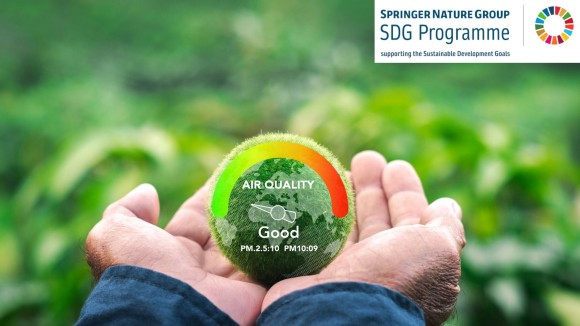
Air quality measurements serve many roles — from protecting public health and tracking trends to identifying pollution sources and advancing research. Traditionally, this has relied on high-grade, costly instruments deployed at low density.
In recent years, simpler and more affordable sensors have emerged. While they may not meet regulatory standards, their lower cost allows for wider deployment, offering valuable insights for non-statutory applications such as community monitoring and source apportionment.
This Collection explores the capabilities, applications, and limitations of low-cost sensors, aiming to guide potential users and promote their adoption where they offer clear advantages.